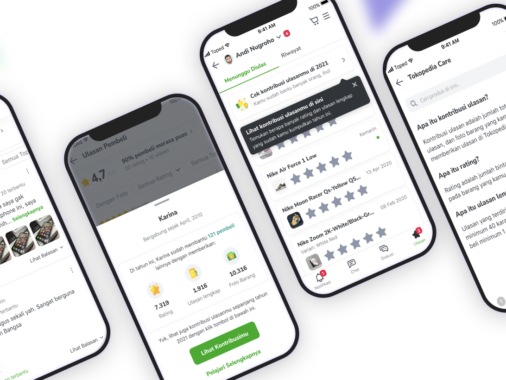Traditionally, design sprints involve developers, designers, product managers, and other stakeholders coming together over the course of 5 days with the purpose of prototyping ideas, gathering insights on users, and…
Navigation
Part 2: Real-World Example of Designing for Customer Intentions
In part one we introduced the Designing for Customer Intentions concept, in part two we dive into the method illustrated by a real-world example of putting it to use in…
A Look into Predictive Eye Tracking Tools
When you think of eye tracking you probably envision a clunky piece of hardware and the need to spend hours in a research lab with participants. Predictive eye tracking is…
Designing for Customer Intentions: Part 1
In the early days of design, website navigation was organized per department or line of business. We need to design more human-centered navigations, aimed at creating organic conversations with users.…
Designing User-Friendly Data Tables
Are you redesigning a data table for enterprise software? Suddenly you’re feeling overwhelmed. Possibly you’re looking at it wondering where to begin. Your designer eye is…
Designing a Wayfinding Experience for an Office Environment
For now, many of us are still working from home, but there are few things at the office that are more annoying than searching for a specific person's cubicle, meeting…
The Era of UI Unification
Back in the early days of the Web, a lot of UI decisions were made on the fly, often having completely different sources of inspiration. There were few boundaries set:…




